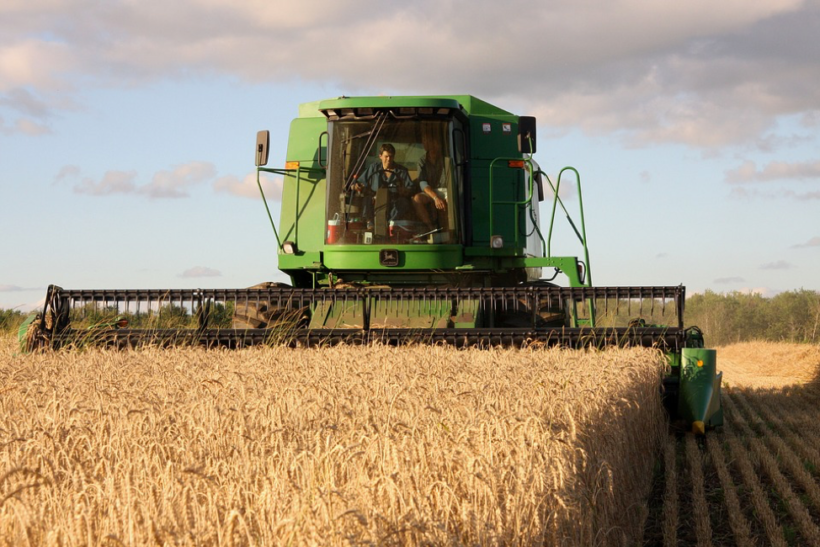
By Rae Steinbach
Technology in all its forms has always been at the forefront of agricultural production, and that has never been more true than it is now. Smart agriculture alone is expected to reach a market value of nearly $27 billion just next year, and it represents only one of many exciting examples of agricultural innovation. While large-scale farm equipment has long since moved past the days of lightweight wheelbarrows and hand plows, new technological advancements are continuing to change the industry.
The impact of technology is becoming especially critical as increased populations result in a reduced availability of suitable land. Roughly a third of Earth’s arable land has disappeared in just the last forty years, underscoring the importance of finding more and more efficient ways of producing food.
Smart Farming
One of the most promising ways in which farmers are innovating on traditional practices is through the use of farm management software, which automates a significant portion of agricultural work. These programs are built to improve productivity while increasing efficiency and streamlining all aspects of the operation.
A typical smart farming application assists users with a wide range of tasks related to their farm. These could include features such as weather monitoring, inventory management, detection of diseases and pests, and tracking of all expenses. With smart farming software, many previously time-consuming and difficult aspects of agricultural work become quicker and more reliable.
Drone Utilization
While drones were once considered a niche recreational product, they are expected to grow tenfold over just a five-year period, partially due to their newfound applications in industrial and business settings. Agriculture is a perfect example, as drones can help farmers manage their land more effectively.
Where crop monitoring once required farmers to physically walk through their fields and check for things like a lack of water, pests, or disease, drones allow them to do much of this work remotely. This turns a difficult job that could take hours into an easy indoor activity done in a matter of minutes.
Sensors for Crops and Soil
It can be difficult to determine the condition of your crops and soil until something goes wrong, but recent advancements in technology have resulted in sensors that can automatically monitor a number of critical factors that can influence growth. These are capable of giving real-time updates as conditions change.
Current sensors can monitor everything from nitrogen levels and plant health to the temperature and moisture in the soil, and some advanced models can go even further to details such as ground elevation, pH, and organic matter content. Farmers can in turn use this information to make real-time decisions and maximize yield.
Farming has always involved a large number of difficult and tiring tasks, but modern technology is gradually making it easier and more efficient to manage even large areas of land. These are just a few examples of the ways agricultural technology is affecting the way crops are grown around the world.
Rae is a graduate of Tufts University with a combined International Relations and Chinese degree. After spending time living and working abroad in China, she returned to NYC to pursue her career and continue curating quality content. Rae is passionate about travel, food, and writing, of course



Leave a Reply